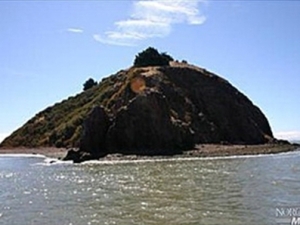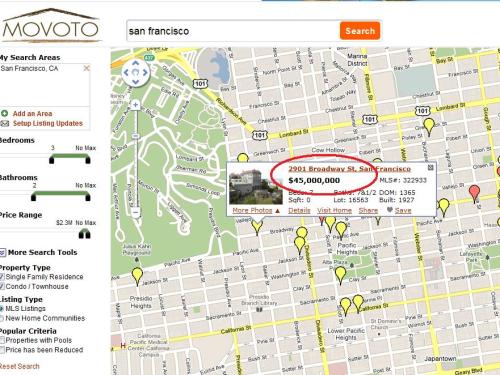There’s been a lot of talk across the real estate interwebs regarding the impending extinction of Fannie Mae and Freddie Mac. Experts have speculated that the loss of government support could mean the end of the 30-year-mortgage, make loans impossible to obtain, or put home-ownership out of reach for many lower and lower-middle income families.
So far, however, most of these objections have remained theoretical. It’s not known, of course, how dramatic an effect Fannie and Freddie’s absence may have – and even if the changes are pretty intense, they won’t go into affect for a few years at least.
The California Association of Realtors, however, is taking a stand right this minute. C.A.R. has come right out and said what a lot of people are thinking – that private lenders just don’t have the same incentives to promote home-ownership for the average Californian:
“A reduced government presence in the mortgage market will raise the cost of homeownership and make mortgages less available,” said C.A.R. President Beth L. Peerce. “Moreover, Congress needs to understand that during economic downturns, the housing market needs government involvement to ensure capital stability. History has shown the private market is incapable and unwilling to step in during the hardest of times and meet the demands of the nation’s home buyers.”
To see C.A.R.’s whole report, click here.






